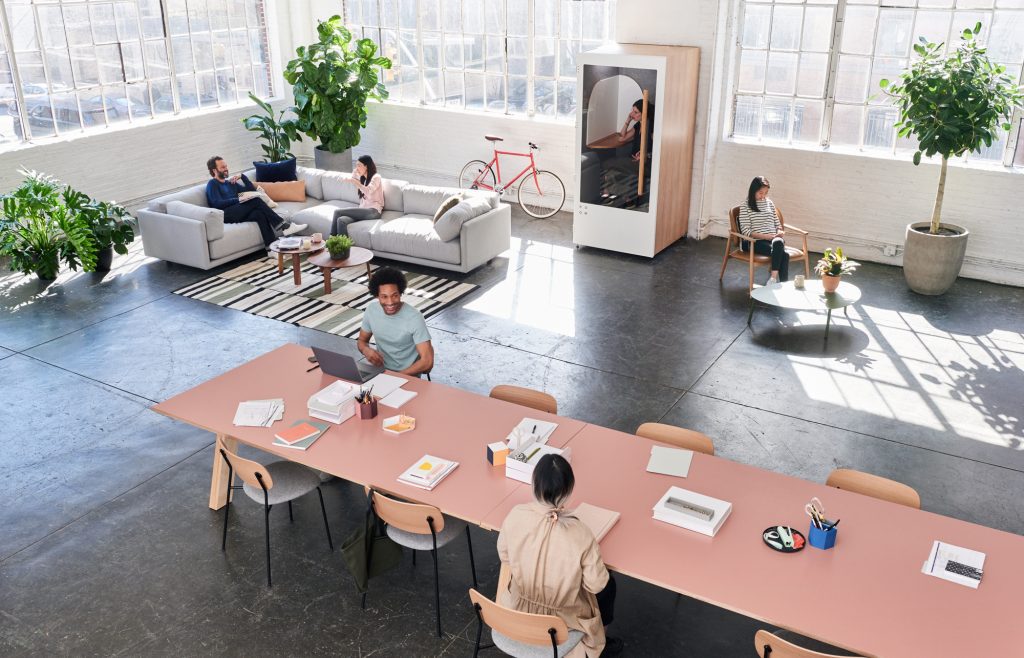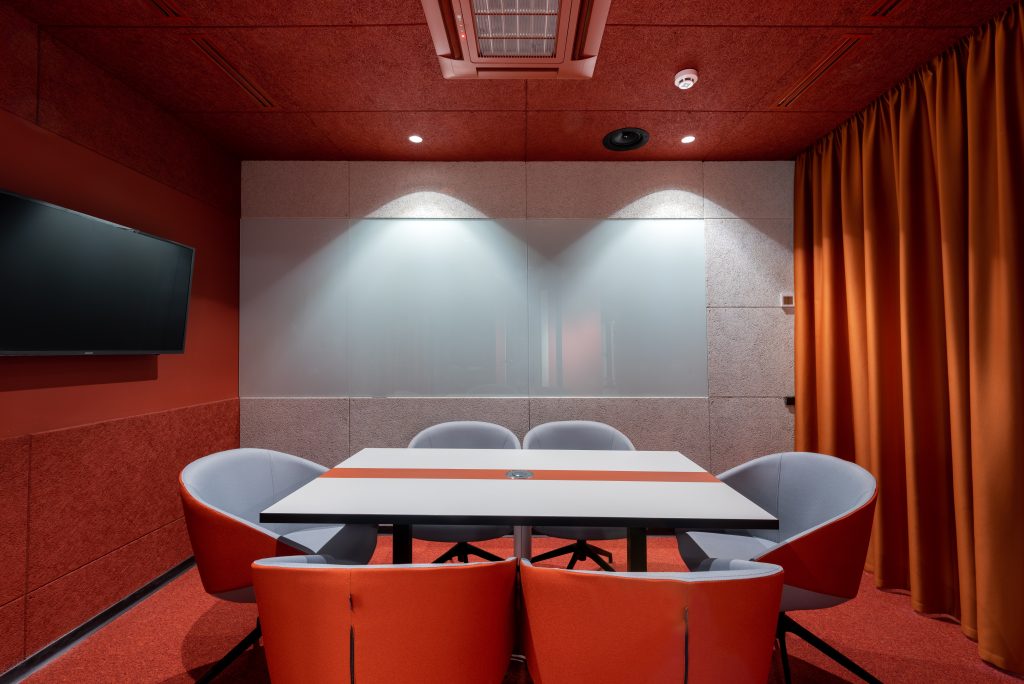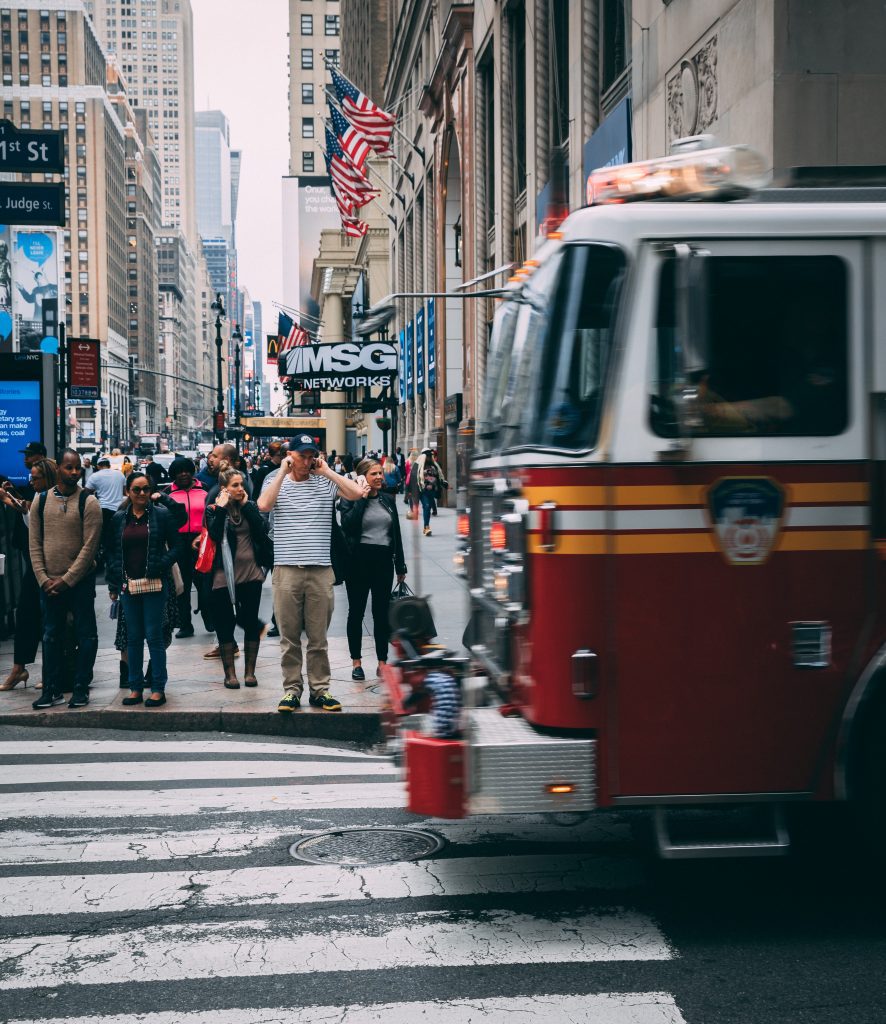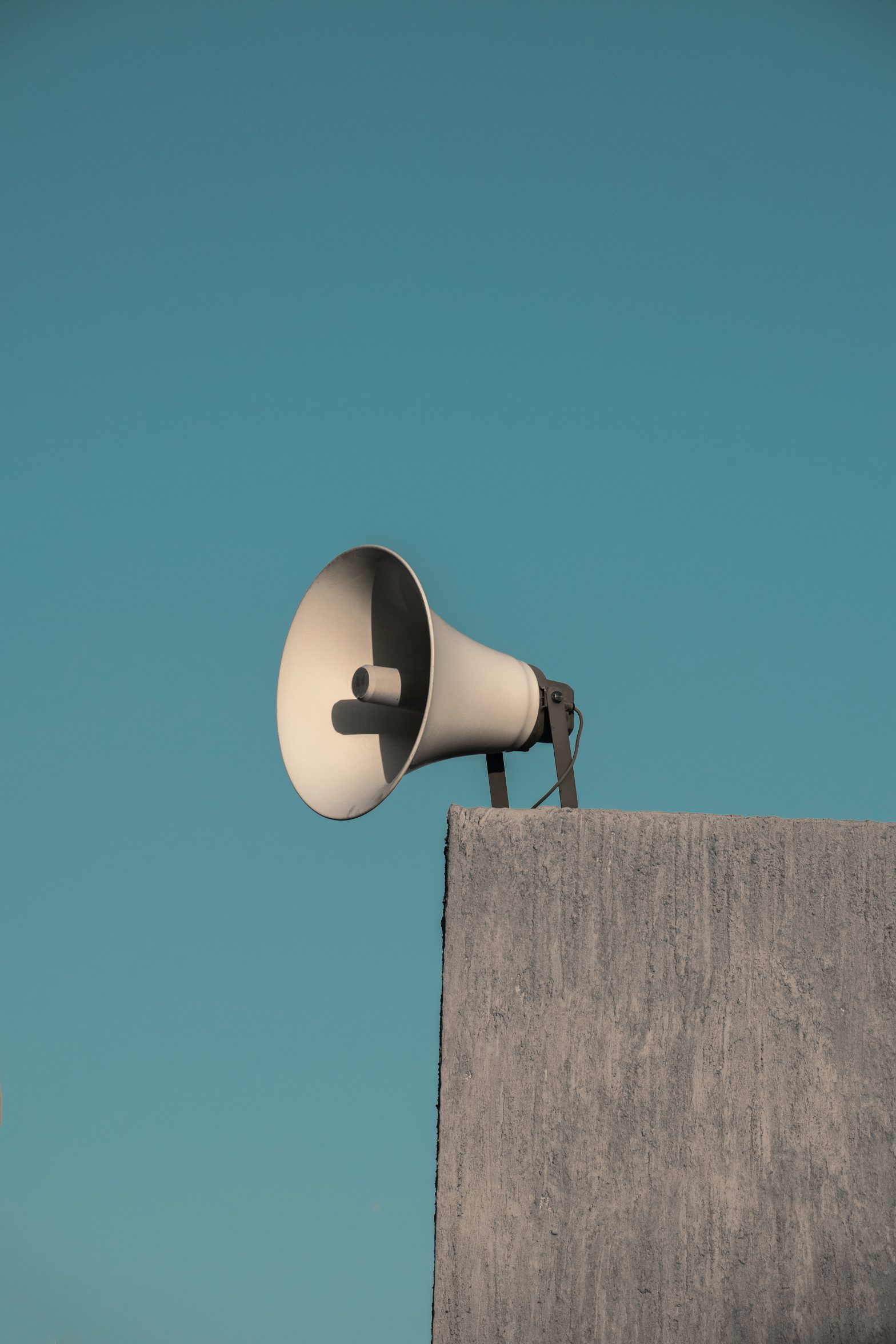As employees head back to the office and hybrid work prevails, there are new expectations for the office. One of them is quiet.
COVID-19 changed yet another thing about work: our tolerance for noise.
More than half of office workers surveyed by HR Magazine say they are concerned that noise levels in the office will make them less productive. 60% think they’ll get fed up if their noisy coworkers break their concentration, and 42% worry that they’ll become prone to “noise rage” if their colleagues are too loud.
As companies work to draw people back to the office, they’re redesigning workspaces with sound in mind. HR Magazine’s research found that 77% of organizations planned to redesign the office to create more open and collaboration spaces, while also creating quiet zones, focus rooms and huddle spaces for hybrid meetings.
“Companies are trying to ensure the office is a productive place to be, and they’re focused on the well-being of people in the space,” Evan Benway, managing director of Moodsonic, a UK soundscaping firm. “That means paying attention to noise and distractions.”
Hybrid work drives design changes
Employers are fast adopting phone booths for quiet calls and focus work and building acoustic-enhanced huddle rooms that accommodate small groups for virtual meetings. They’re creating open spaces with a hushed library vibe and in collaborative spaces, they’re using acoustical treatments and nature sounds to reduce the distraction of voices and outside noise, whether that’s traffic, the subway rumble, sirens, elevators, mechanical systems or conversations in the next room. Soundproofing panels may hang on the wall like art, or they may be incorporated into prefab and modular room walls.
“The thought process for office design has changed notably in the last couple years because of the pandemic and the move to hybrid,” says Benjamin Sachwald, director of acoustics, noise and vibration practice at AKRF, a New York environmental engineering, planning and consulting firm. “What was needed by employees today is very different than before.”
In the past, there may have been 200 people working full-time in cubicles, and the noise created a low din that inherently limited distractions. Today, there may be three or four open collaboration areas and maybe 50 or 75 people working in the office. As a result, you’ll more easily notice more distracting sounds. “You’re in the zone working on something and then you start hearing a conversation from next door or too much traffic noise, and it takes you out of it,” Sachwald says.

Acoustical design can be especially important inside huddle rooms that accommodate virtual meetings with team members who may be working remotely. Making those meetings effective and efficient is vital: If 17 people are meeting for an hour, that’s 17 hours of work, plus the time each person will take on tasks drawn from that meeting. If the meeting isn’t productive, it’s wasted time. “With proper design, not only can the people in the room stay focused and hear well, but the people on Zoom can understand everything that’s being added and truly be a part of the meeting,” says Sachwald.
In Manhattan, the rumble of cars and trucks and the subway can be so loud inside buildings that people have to raise their voices to talk. Engineering firm AKRF created PinDrop, a 650-square-foot acoustically isolated collaboration studio in the bustle of New York City designed to demonstrate the power of proper soundscaping. To keep outside noise out, AKRF created a “floating room within a room,” using isolation blocks, insulation, springs, multiple layers of sheetrock and a whisper-soft HVAC system. The space showcases acoustical treatments that can absorb, scatter and diffuse specific frequencies and create a controlled space that’s quieter than a master recording studio.

Max Vakhtbovych, Pexels.
“When people come in, it takes a minute or two for your ears to adjust, especially if you’re a New Yorker,” says Sachwald. “The first thing people say is, ‘Wow, I can’t believe how quiet it is.’ Some people love it, and some people find it a bit unusual.”
Noise is bad for productivity and health
There’s a good reason employers want to give people space for quiet. Workers lose as many as 86 minutes a day in productivity due to noise distractions, according to a 2014 study by Steelcase and Ipsos. We all know those annoying distractions of the loud coworker on the phone, the hum of the air conditioner or the ringing phone. Noise can make us lose concentration, motivation and brain functioning.
Noise is linked to high blood pressure, heart problems, sleep loss and increased stress, triggering the brain’s amygdala and leading to the release of adrenaline and stress hormones. A study of seven European airports found that a 10-decibel increase in aircraft noise was associated with a 28% increase in the use of anxiety medication. Meanwhile, German researchers discovered an increase in depression symptoms among people who lived in neighborhoods with more traffic noise. The World Health Organization concluded that 340 million Western Europe residents were losing a million years of healthy life every year due to noise, and that excessive noise is the root cause of 3,000 heart disease deaths.
The world gets louder
As the world gets noisier, the most important sounds must become louder. For instance police sirens must be heard in the noisiest cities, and as traffic, street activity and ambient noise increased, so too, has the volume of those emergency vehicles. In many U.S. cities, the volume of a siren has climbed to 120 decibels since 2000. Exposure to sounds over 140 decibels is considered unsafe for humans, and continued exposure to noises over 85 decibels can put your hearing in danger.

We seldom get silence, thanks to the always-on world of meetings, electric hums, honks, beeps, notifications, rings, and chatter. Our brains have less time to switch off, and instead we’re processing endless amounts of information. Those demands stress the brain’s prefrontal cortex, which is responsible for decision-making and problem solving.
Silence has become a subject of widespread interest among scientists. They have found that a dose of pure silence can have tremendous healing power—to our bodies and minds. Some companies, such as salon chain Bishops Cut/Color, are taking extra measures to give employees quiet by reimbursing for sessions spent in sensory-deprivation float tanks, which have been shown to help you focus, declutter the mind and create space to think and make better decisions. Duke University researchers found that two hours of silence per day prompted new cell development in the hippocampus, the area of the brain responsible for memory. And research also shows it can help brain cells differentiate into neurons and helps us better understand our environment.
The danger of total silence
Yet there is also such a thing as too quiet, especially in an office, where suddenly you can hear every keystroke of a person tapping on their laptop, every paper rustle or creak in the floorboard. “That can take you mentally out of the zone,” says Sachwald.
Benway, who has studied sound as founder of Moodsonic, spent a half hour in an anechoic chamber, which is devoid of all sound and is often used to train astronauts—and he hated every minute of it. “You can hear your bones, your blood, your heart,” Benway says. “People think that if noise is a problem, then total silence must be the solution. That’s not the case.”
Most people tend to like some sort of background noise or music while they work. We’ve written about how music can make us work better, smarter and faster, improve brain function and decrease stress hormones and increase the neurotransmitter dopamine.
For group areas, Benway is a believer in soundscapes, both to mask noise and to offer sounds that boost productivity and wellness. A collaboration area, for instance, could offer the sound of ocean waves, birds or a rainforest— which have shown to encourage innovative thinking and feelings of peace and calm.

Moodsonic designs offices with layered soundscapes, using sensors to monitor sound in real time inside various “zones” in an office and changing the sound based on activity, voices or time of day. Those soundscapes vary from lapping waves in the morning to the forest of Australia’s Rottnest Island in the afternoon to the sounds of a Japanese garden amid quieter times to a babbling brook when conversations become noisy. Shrubs and plants can also add sound texture, and a green wall of plants can absorb and deflect soundwaves.
Noise distractions are everywhere, but now more than ever, employers are focusing on how to minimize them—with the hopes of happier, healthier and more productive people.
